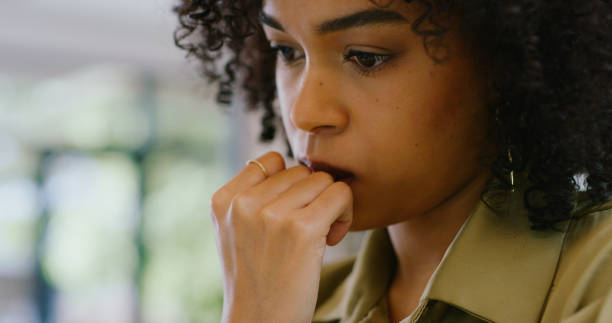- Empty cart.
- Continue Shopping
How to Recognize and Address Childhood Phobias

Childhood phobias are intense, irrational fears of specific objects, animals, situations, or activities that can significantly impact a child’s daily life and well-being. Recognizing and addressing these phobias early is crucial for a child’s emotional development and overall mental health.
Recognizing Childhood Phobias
Children may not always express their fears openly, so it’s essential for parents and caregivers to be observant and look for signs of phobias. Common signs of childhood phobias include:
1. Extreme Fear or Anxiety
- A child displays an intense and disproportionate fear or anxiety about a specific object, situation, or activity.
2. Avoidance Behavior
- The child goes to great lengths to avoid encountering the phobic stimulus, which may disrupt daily routines or activities.
- They may exhibit avoidance strategies or create elaborate routines to prevent exposure to the feared object or situation.
3. Physical Symptoms
- The child may experience physical symptoms such as increased heart rate, trembling, sweating, nausea, or dizziness when exposed to the phobic trigger.
4. Distress and Impairment
- The child feels significant distress or impairment in their daily functioning due to the phobia.
- The phobia interferes with the child’s ability to attend school, participate in social activities, or engage in age-appropriate developmental tasks.
Common Childhood Phobias
Childhood phobias can encompass a wide range of fears, but some of the most common ones include:
1. Animal Phobias
- Fear of Dogs: Canine phobia is one of the most prevalent childhood phobias.
- Fear of Insects or Spiders: Arachnophobia and entomophobia involve intense fear of specific insects or spiders.
2. Environmental Phobias
- Fear of Thunderstorms: Children may develop astraphobia, a fear of thunder and lightning.
- Fear of the Dark: Nyctophobia is the fear of darkness, often occurring during childhood.
3. Situational Phobias
- Fear of Heights: Acrophobia involves an intense fear of heights.
- Fear of Water: Aquaphobia is a fear of water, often related to swimming or large bodies of water.
- Fear of Flying: Aerophobia is the fear of flying on airplanes.
4. Medical or Dental Phobias
- Fear of Doctors or Medical Procedures: Children may develop a fear of medical settings or specific procedures, which can make healthcare visits challenging.
- Fear of Dentists: Dentophobia is the fear of dental visits or procedures.
Addressing Childhood Phobias
Addressing childhood phobias requires patience, understanding, and appropriate strategies to help children overcome their fears. Here are some steps to consider:
1. Listen and Validate
- Encourage open communication with the child about their fears. Listen without judgment and validate their feelings.
- Let them know that it’s okay to be afraid and that you are there to support them.
2. Gradual Exposure
- Gradual exposure to the phobic stimulus in a controlled and supportive environment can help desensitize the child to their fear.
- Start with less anxiety-provoking situations and gradually increase exposure as the child becomes more comfortable.
3. Positive Reinforcement
- Praise and reward the child’s efforts and successes in facing their fears.
- Use positive reinforcement to motivate them to confront their phobia.
4. Professional Help
- If a child’s phobia significantly disrupts their daily life or causes severe distress, consider seeking professional help.
- Child psychologists or therapists with expertise in treating phobias can provide specialized interventions and support.
5. Avoid Forced Exposure
- Avoid forcing a child to confront their phobia or placing them in situations where they feel overwhelmed or unsafe.
- This can exacerbate their fear and lead to more significant distress.
6. Role Modeling
- Be a positive role model by demonstrating calm and composed behavior in situations related to the phobia.
- Children often learn from observing how adults handle challenges.
7. Books and Educational Resources
- Utilize age-appropriate books, videos, or educational resources that address the child’s specific phobia.
- These resources can help children better understand their fear and how to cope with it.
8. Support Groups
- Consider joining support groups or communities for parents of children with phobias.
- Sharing experiences and strategies with others can provide valuable insights and emotional support.
Finally, Childhood phobias are common but manageable with the right approach and support. Recognizing the signs of phobias in children and addressing them early can help children develop coping strategies and overcome their fears, ultimately allowing them to lead happier and more fulfilling lives. If you’re unsure how to help your child or if their phobia appears severe, seeking professional guidance is a prudent step to ensure their emotional well-being.








